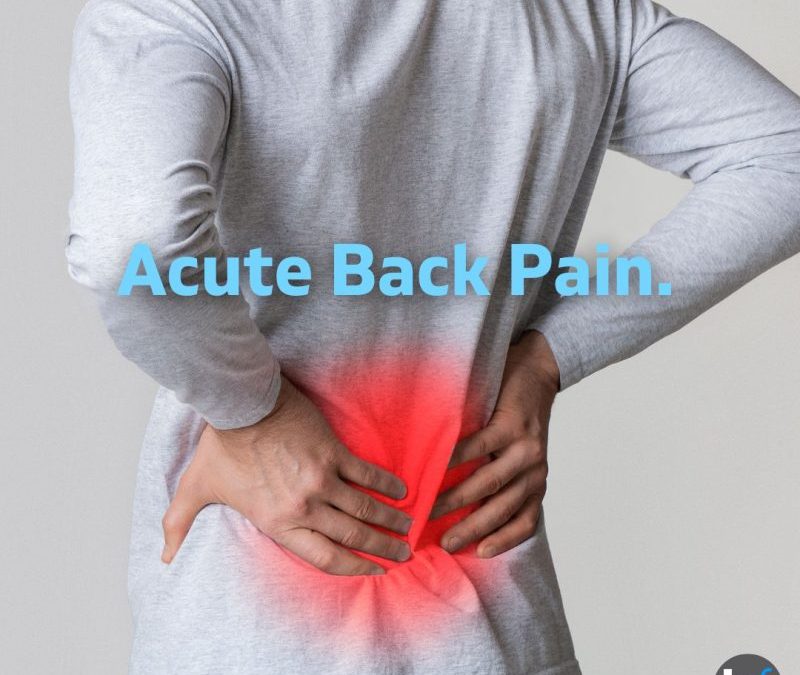
by Ash Cooney | Latest News
By Caitlan Skillicorn, Senior Physiotherapist on behalf of the Healthfix Physiotherapy team Hello, Healthfix Community! At Healthfix, we’re committed to your well-being and providing the best care possible. Today, we want to share our perspective on a recent...

by admin | Conditions, Diet & Nutrition, Latest News
Back pain and posture Poor posture can make back pain worse, especially if you sit for long periods. Be conscious of your posture: sit upright, with your shoulders relaxed and your body supported against the back of your chair. Try putting a pillow or a rolled towel...




